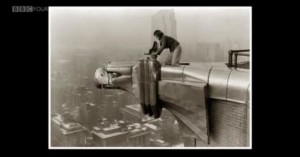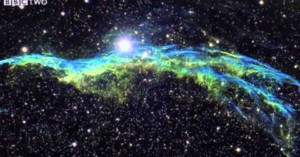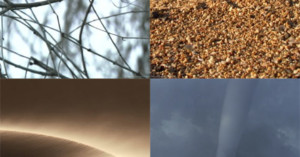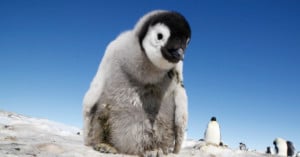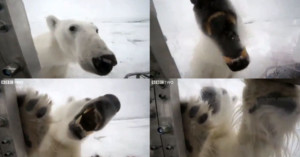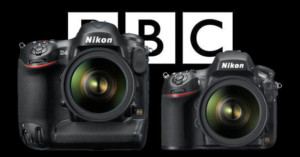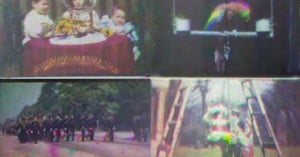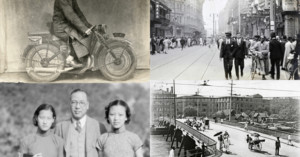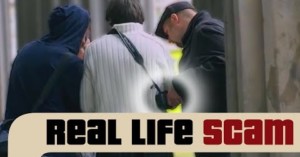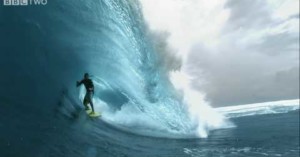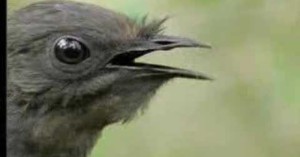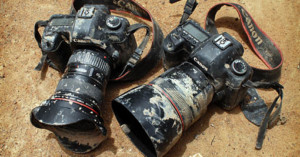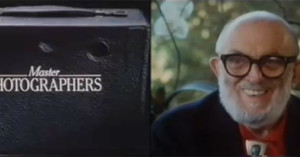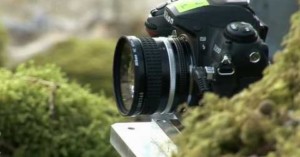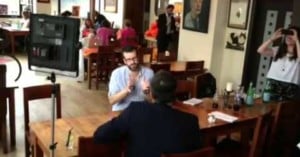
Is Smartphone Photography Killing Our Memories and Experiences?
If you've gone to a concert or public event or even certain art openings recently, you'll notice that something is amiss. In the past, people would look, enjoy and try their best to experience the moment when they attended such things. Now, many of them are doing their best to craft the most likeable smartphone photo.
The BBC's Newsnight is troubled by this trend, and so they set out to discover if the smartphone photography movement is doing more harm than good.
